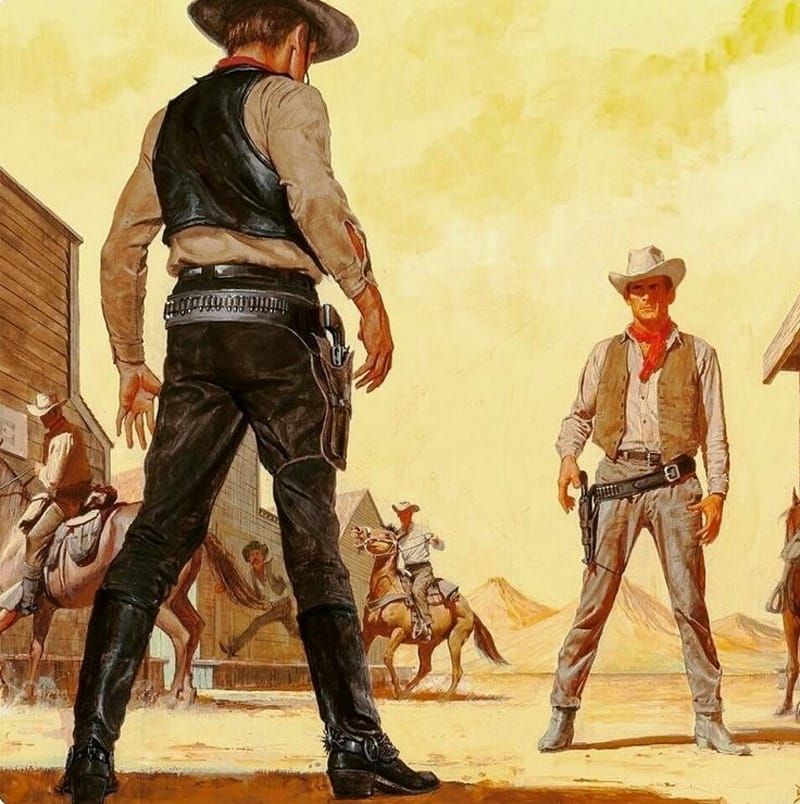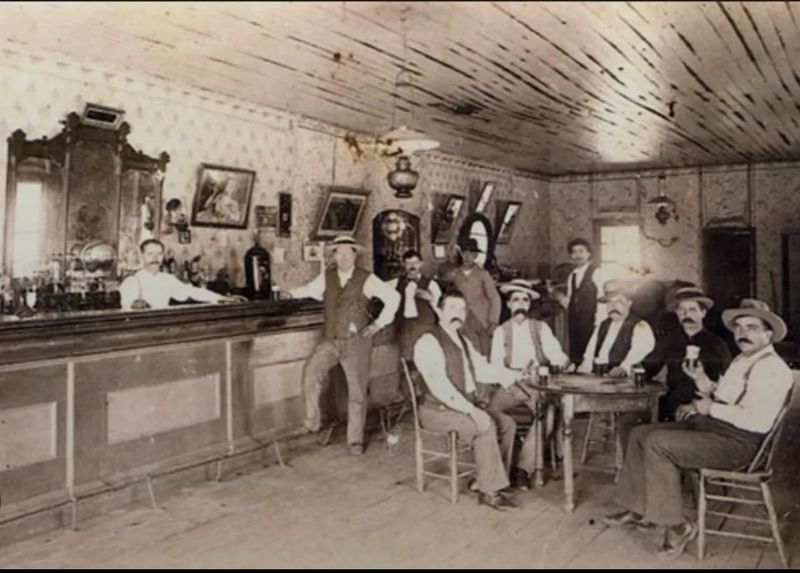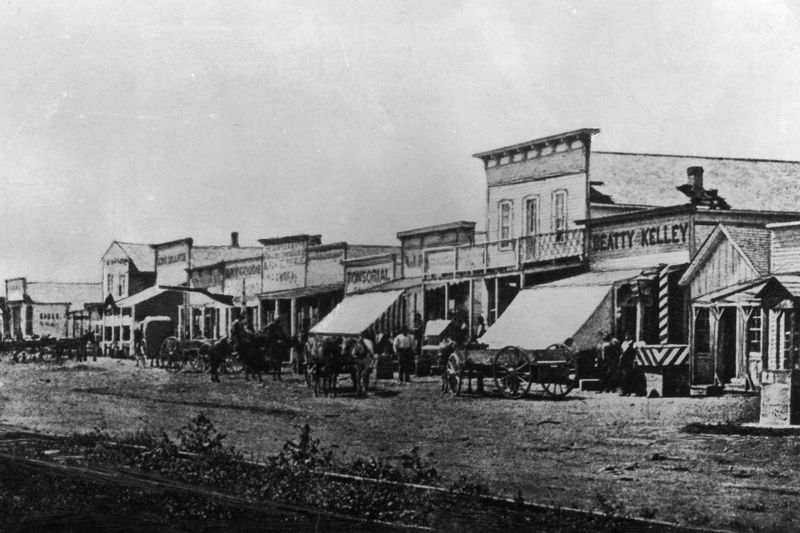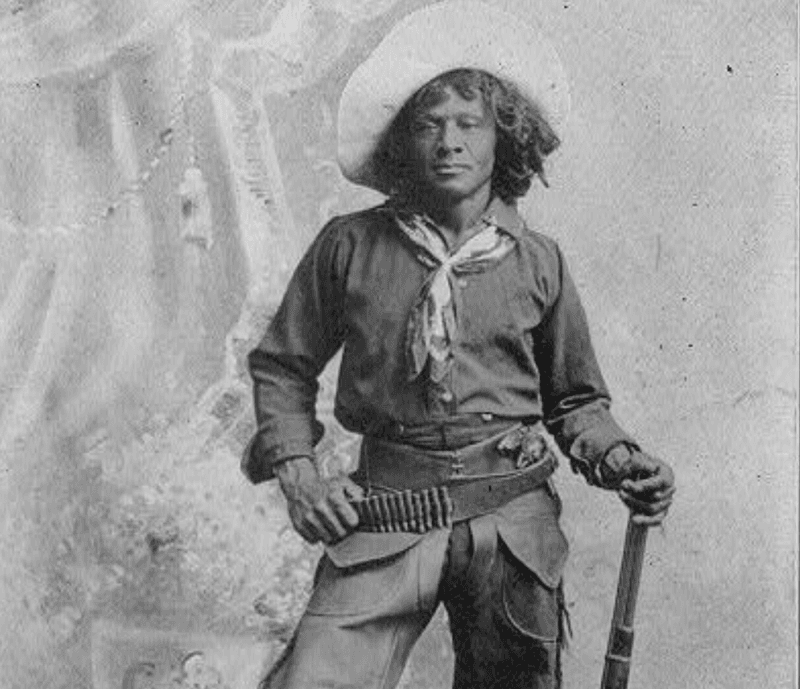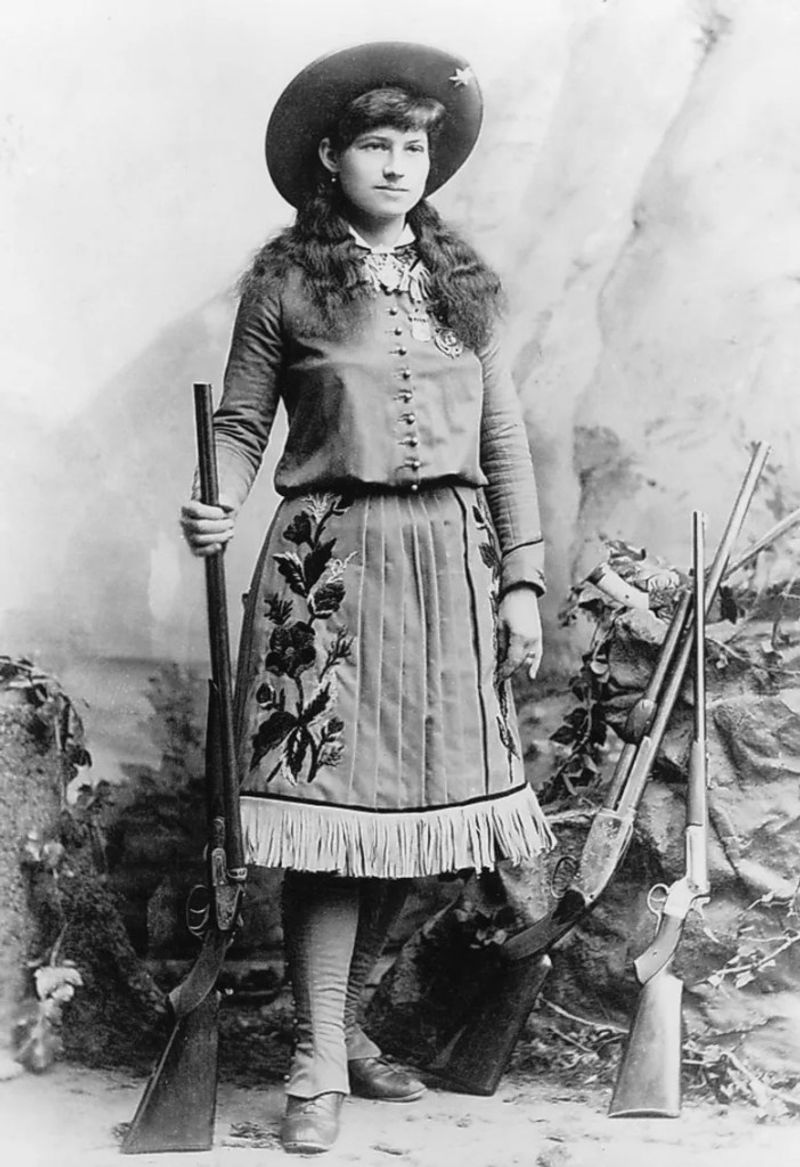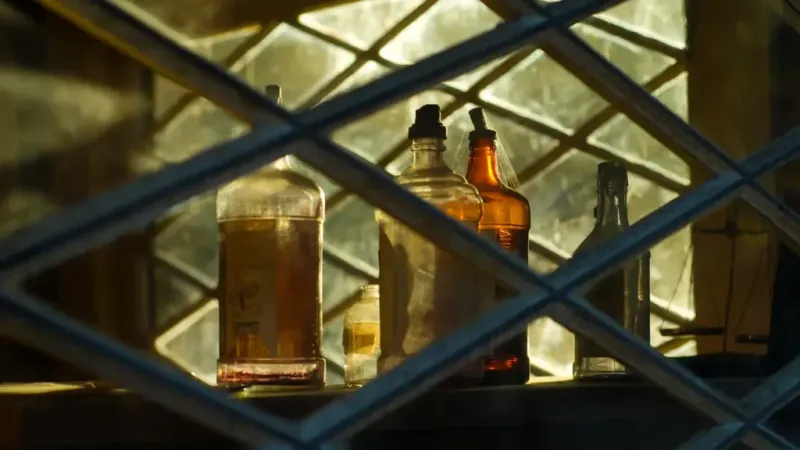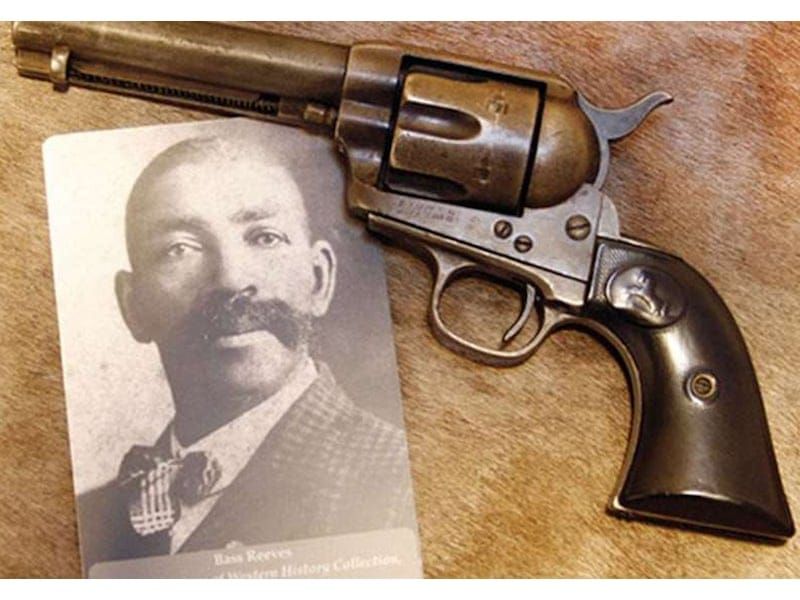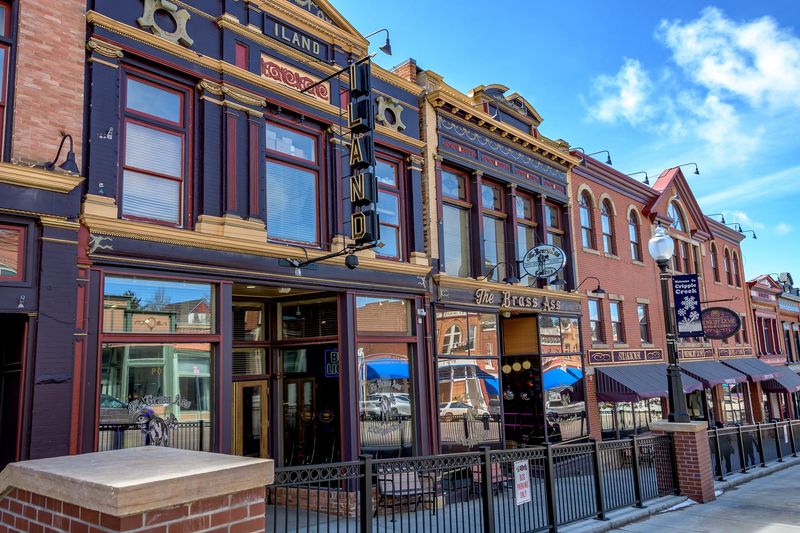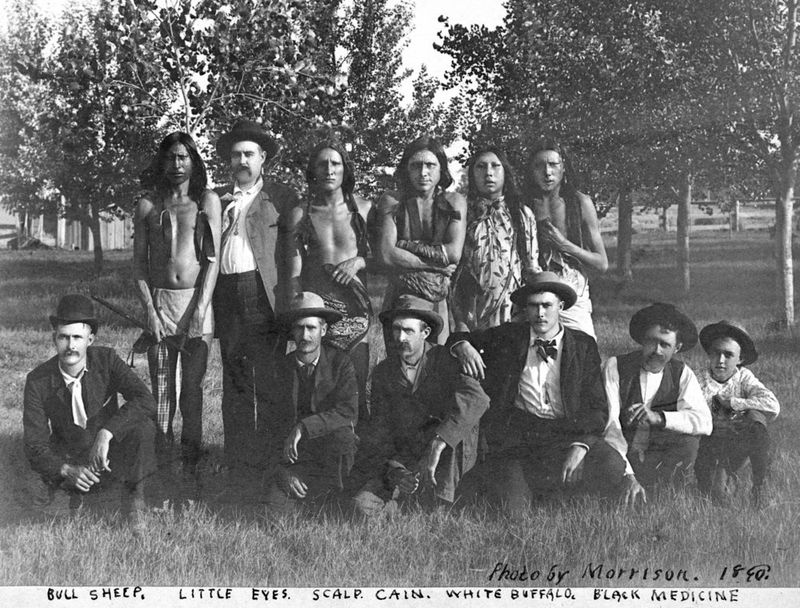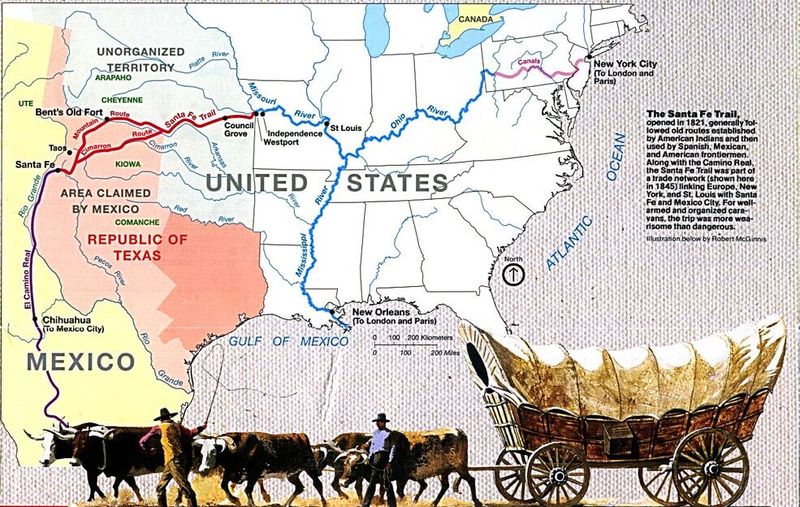Movies have painted a colorful but often inaccurate picture of the American Wild West. From dusty gunfights to rowdy saloons, Hollywood has created a version of frontier life that’s exciting but far from historical truth. The real West was more complex, diverse, and surprisingly civilized than what appears on the silver screen. Let’s separate fact from fiction and discover what the Wild West was really like.
1. High Noon Showdowns Never Really Happened
The classic Western standoff—two gunslingers facing each other in the street at high noon—is pure Hollywood invention. Real Wild West conflicts were messy, unexpected affairs with little ceremony or warning.
Most gunfights happened in close quarters, often in saloons or other buildings, and typically erupted from heated arguments rather than planned duels. Famous outlaws like Billy the Kid preferred ambushing their enemies rather than facing them head-on.
Historical records show fewer than a dozen documented cases of anything resembling a classic Western duel, making this iconic image one of cinema’s greatest fabrications.
2. Cowboys Rarely Wore Those Famous Stetson Hats
Forget the iconic wide-brimmed Stetson that seems glued to every movie cowboy’s head. Real frontier workers wore whatever was practical—often bowler hats, flat caps, or slouch hats borrowed from Civil War days.
The Stetson company didn’t even introduce their famous “Boss of the Plains” model until 1865, and it looked quite different from today’s movie versions. Weather and practicality dictated headwear choices, not fashion or tradition.
Mexican vaqueros, the original cowboys, influenced hat styles with their wide-brimmed sombreros that provided actual sun protection during long days herding cattle.
3. Saloons Were Surprisingly Civilized Places
Hollywood portrays saloons as lawless brawling grounds where bottles fly and punches are thrown every few minutes. The reality? Most Western saloons were relatively peaceful businesses where patrons came to socialize, play cards, and enjoy entertainment.
Many establishments had strict rules against fighting and firearms. Breaking furniture or mirrors would result in steep fines—the equivalent of several weeks’ wages! Some even required patrons to check their guns at the door.
Rather than constant chaos, saloons often served as community gathering spots where important town business was discussed over drinks.
4. Towns Had Strict Gun Control Laws
Contrary to the lawless frontier image, many Western towns had stricter gun control than we have today! Dodge City, Tombstone, and Deadwood all required visitors to surrender firearms upon arrival.
The famous “Gunfight at the O.K. Corral” actually began as a law enforcement attempt to disarm men who were carrying weapons in violation of Tombstone’s ordinance. Most towns posted clear signs warning against carrying firearms within city limits.
Historical records show remarkably low murder rates in these frontier communities—Dodge City averaged just 1.5 homicides per year during its wildest period, far lower than portrayed in Western films.
5. Native Americans Were Complex Allies and Adversaries
Movies reduce Native Americans to one-dimensional characters—either bloodthirsty savages or mystical nature lovers. Reality was infinitely more nuanced.
Different tribes had unique cultures, languages, and political stances. Some fought against settlers, others served as scouts for the U.S. Army, while many engaged in complex trading relationships with frontier towns. The Comanche dominated a vast trading empire, while the Cherokee created their own written constitution.
Far from the whooping, feather-bonnet stereotypes, Native Americans were sophisticated diplomats who often negotiated treaties and alliances that benefited their communities during rapid Western expansion.
6. Bank Robberies Were Actually Rare Events
Hollywood loves scenes of masked bandits storming banks and escaping with sacks of gold, but historical records tell a different story. Bank robberies were actually rare occurrences in the Wild West.
Between 1859 and 1900, there were fewer than a dozen successful bank heists in all frontier territories combined! Banks were typically the sturdiest buildings in town, often constructed of brick with reinforced safes and armed guards.
Most outlaws preferred targeting stagecoaches or trains in remote locations where escape was easier and resistance minimal. The dramatic bank robbery scene is mostly a creation of dime novels and early films.
7. Cowboys Were Incredibly Diverse
The silver screen shows us primarily white cowboys, but history paints a much more colorful picture. Approximately one in four cowboys was Black, with many being formerly enslaved people who found freedom working cattle drives.
Mexican vaqueros made up another significant portion of ranch workers, having developed most of the riding techniques, equipment, and vocabulary (“lasso,” “rodeo,” “bronco”) that defined cowboy culture. Native Americans, Chinese immigrants, and European newcomers also worked the ranges.
This multicultural workforce often got along better on the trail than in town, where racial prejudices were unfortunately common despite the diverse reality of frontier life.
8. Women Pioneered the Frontier as Equals
Forget the helpless damsels and saloon girls of Western films. Frontier women were remarkably independent and resourceful. Many ran successful businesses, owned property, and even became notorious outlaws like Pearl Hart and Belle Starr.
Wyoming Territory granted women the right to vote in 1869—a full 51 years before the 19th Amendment! This progressive stance attracted women seeking independence and opportunity.
Female ranchers like “Cattle Kate” Watson managed vast herds, while sharpshooters like Annie Oakley demonstrated skills that matched or exceeded their male counterparts. These pioneering women helped shape Western culture while being largely erased from Hollywood’s version.
9. The O.K. Corral Shootout Lasted Just 30 Seconds
Movies depict the famous O.K. Corral gunfight as an extended, dramatic battle with dozens of shots exchanged. The historical record tells a much briefer tale.
The actual confrontation on October 26, 1881, lasted barely half a minute, with approximately 30 shots fired. It didn’t even happen at the corral itself but in a narrow lot six doors down! Only three people died, not the mass casualties often shown.
The gunfight became legendary primarily through newspaper sensationalism and Wyatt Earp’s later embellishments to a friendly biographer. This brief, chaotic skirmish hardly resembles the choreographed movie versions we’ve come to expect.
10. Western Whiskey Was Rarely Drunk Straight
Hollywood cowboys toss back shots of whiskey like it’s water, but frontier liquor would have made this impossible. Most Western saloon whiskey was harsh, low-quality alcohol often diluted with anything from water to tobacco, cayenne pepper, or even gunpowder!
Bartenders added these ingredients to create the illusion of stronger alcohol or to mask the taste of what was essentially industrial alcohol. The amber-colored, smooth bourbon we associate with Western films was a luxury few cowboys could afford.
Many saloons actually served more beer than whiskey, and temperance movements were surprisingly strong in numerous frontier communities.
11. Gunfighters Had Terrible Aim
Movie gunslingers hit targets with impossible precision, but real Wild West firearms were notoriously inaccurate. Single-action revolvers of the era had effective ranges under 50 feet, with unreliable ammunition that frequently misfired.
Historical accounts of famous gunfights reveal surprisingly high miss rates. Even legendary figures like Wild Bill Hickok typically shot at close range—often just a few feet from their targets.
The U.S. Army conducted a study in 1879 that showed trained soldiers hit their targets only 25% of the time at 50 yards with standard-issue revolvers. Those dramatic scenes of sharpshooters picking off distant enemies? Pure Hollywood fantasy.
12. Western Towns Were Bustling Cultural Centers
Far from the dusty, empty streets portrayed in films, many frontier towns were vibrant cultural hubs. Dodge City boasted opera houses where Shakespeare was performed, while Deadwood had multiple theaters and literary societies.
Newspapers flourished throughout the West, with towns often supporting multiple competing publications. Denver had telephone service by 1879, and many Western communities embraced new technologies faster than their Eastern counterparts.
Immigrants brought diverse cultural traditions, creating communities where multiple languages were spoken and international cuisines were served. The isolated, culturally barren Western town is largely a Hollywood invention.
13. Wanted Posters Were Plain and Boring
Those dramatic “WANTED: DEAD OR ALIVE” posters with detailed illustrations? Another Hollywood fabrication. Authentic frontier wanted notices were typically simple text documents with minimal information and no pictures.
Photography was expensive, and printing technology limited, so most posters simply described physical characteristics. The famous “Dead or Alive” phrase rarely appeared—most notices specified whether suspects should be captured or killed.
Many communities relied on newspaper descriptions rather than posters, and rewards were usually modest—$100-$500 rather than the astronomical sums depicted in films. The elaborate wanted poster is one of Western cinema’s most persistent yet inaccurate tropes.
14. Cowboys and Native Americans Often Worked Together
Hollywood’s favorite narrative pits cowboys against Native Americans in constant conflict, but historical reality shows considerable cooperation. Many ranches employed Native American cowboys who were valued for their exceptional riding and tracking skills.
Trade relationships flourished between tribes and settlers across the frontier. The Comanche traded horses and cattle with Texas ranchers, while the Navajo supplied essential goods to mining communities.
Some Native Americans even became legendary cowboys themselves—like Jackson Sundown, a Nez Perce who escaped the U.S. Army and later became a rodeo champion. These complex relationships rarely make it to the silver screen.
15. The Wild West Era Was Surprisingly Brief
Movies suggest the Wild West lasted for generations, but the actual frontier period was remarkably short. The post-Civil War “wild” era lasted roughly from 1865 to 1895—just 30 years!
By 1890, the U.S. Census Bureau officially declared the frontier closed, as settlement had spread across the continent. Many iconic Western figures had surprisingly brief careers—Billy the Kid’s entire criminal life lasted just four years before his death at 21.
Technological advances like railroads, telegraphs, and improved law enforcement rapidly transformed the West. The romanticized era of cowboys and outlaws was already becoming nostalgic memory by the early 1900s.

